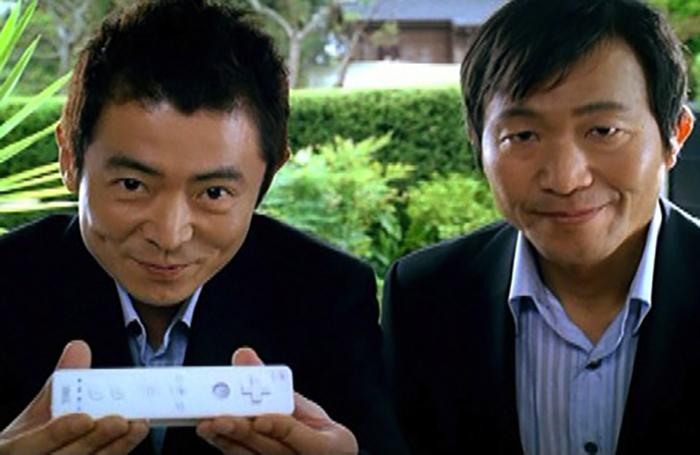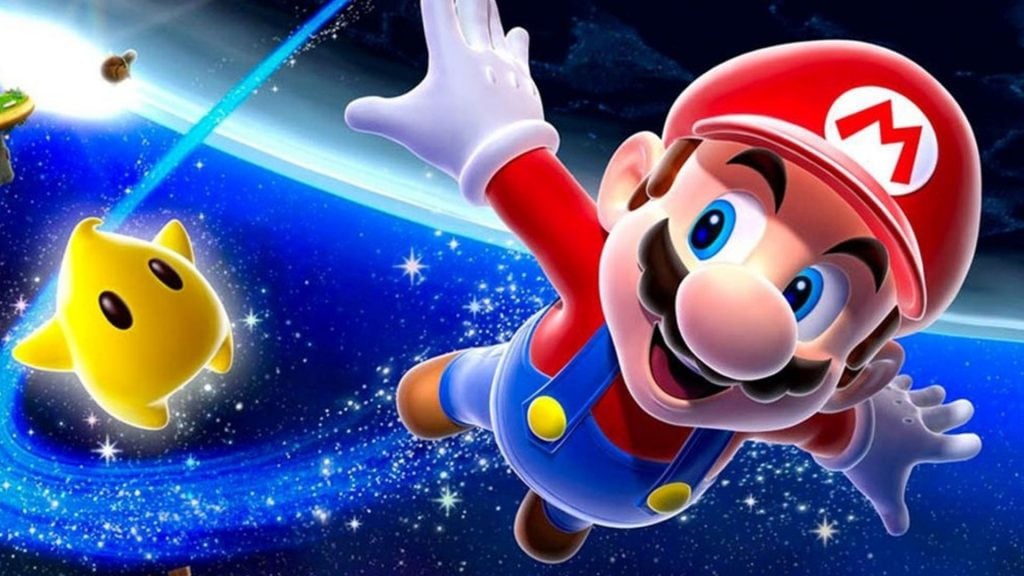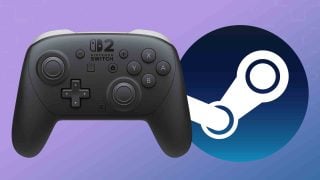Do you remember where you were when the Nintendo Wii launched? In November of 2006, Nintendo unleashed the Wii on the United States and it felt as if the entire world had gone into a frenzy. While I had been unreasonably excited for previous consoles in my life due to the fact that I was a child, I don’t recall there ever being such a fervor as there was for the Wii. The prospect of motion controls redefining what was possible with gaming took over not only gaming circles but the cultural zeitgeist at the time. For years after release, it was next to impossible to find a Wii and it seemed that even grandma and grandpa were now in on this video game thing.
While I don’t remember if I actually watched the E3 presentation where Nintendo unveiled the “Revolution,” its codename for the Wii, I do remember the building anticipation for the Wii throughout 2006. HD gaming had not become standardized yet, even if Microsoft’s Xbox 360 ushered in the era, and the sheer potential of what Nintendo had created was taking over the collective gaming masses. Motion controls would be the next evolution of how we interact with games and could lead to some groundbreaking stuff. We could finally have that Star Wars game where the lightsabers are swung like an actual lightsaber!

In hindsight, a lot of that excitement was just marketing hyping us up. The Wii did deliver on a bunch of Nintendo’s promises, but obviously, there were limitations to how much it could do. The one thing that became clear from the Wii is that Nintendo had completely shifted its approach to game and console design philosophy. After striking out with the GameCube in the prior generation despite going for graphical superiority, Nintendo needed to shift targets. Hardcore gamers are great and all, but what about the untapped market of non-gamers? How can you get those people interested without overwhelming them with gamepads that have 14 buttons?
That shift in focus resulted in the Wii being designed around not only motion control but streamlined inputs. A dual-analog gamepad is pretty difficult for someone utterly unaware of gaming to grasp, but a TV remote-styled controller is easy to understand. Pointing at the screen to make things happen in-game is also a remarkably intuitive manner of controlling actions. Swinging your arm is something that comes naturally to literally everything on the planet, though Nintendo hasn’t yet conquered the animal market for gaming. Really, it’s no surprise why the Wii took off when you consider these design principles.

Alongside that shift in focus came weaker hardware that could be sold for a cheaper price. As I said above, the Wii marked Nintendo’s shift away from trying to push graphical boundaries and while it is clearly more powerful than a GameCube by virtue of being newer, it didn’t compete at any level with the Xbox 360 or PlayStation 3. The internals of a Wii are basically a souped-up GameCube, which maybe held games back on a graphical level, but forced Nintendo to get creative with how it designed games. Relying on graphics is an “easy” way to sell something, but truly innovating in design is tricky. The Wii managed to see Nintendo creating completely new experiences that its competitors simply could not do.
All of this has been said numerous times in the nearly two decades since the Wii was released, however. We know why the console was a smash hit and we understand why Nintendo went the route it did. It’s very interesting that Shigeru Miyamoto expressed regret over not making the Wii HD in a 2013 interview, but Nintendo’s game plan wasn’t focused on that. Nintendo needed to do something different to stand out and the Wii accomplished that. For as well as the Xbox 360 and PS3 sold over their lifetime, the Wii still eclipsed them by a cool 20 million units when all was said and done. This system spoke to a broader market and is partially responsible for gaming becoming so mainstream and accepted in everyday culture.
For many, the Wii has become a laughing stock of a console since it ushered in a new era of shovelware games, but I think that ignores the successes it did achieve. Nintendo’s first-party output was the strongest of that generation and the fact that the console wasn’t quite equipped to deal with DLC or online passes (UGH, remember those?) meant that games were mostly complete on disc. When the rest of the industry was gearing up for an awful embracing of DRM, constant updates, and “photorealism,” Nintendo was simply making games like the good old days without needing to worry about modern accouterments.

Now, I wouldn’t want to go backward in time and regress on how far the industry has come, but the Wii stands as one of the last true video game consoles in my mind. There was a push for extracurricular entertainment on the device, such as Netflix eventually making its way over and Nintendo utilizing some of its built-in channels for non-gaming related media, but turning on the Wii meant you were getting ready to game. There were no other distractions or any fear that the game you bought was somehow incomplete. You popped in Super Mario Galaxy and were off to the races to chase down stars.
18 years isn’t really long enough to know how the Wii shaped everyone’s perception of gaming, but I think there has been enough time to say that the Wii was essential in Nintendo’s history. Without the massive success of this console, we wouldn’t have the even greater success of the Switch right now. Gaming would have also taken a lot longer to break into the mainstream as Microsoft and Sony didn’t give two shits about non-gamers. Because of the Wii and its shaking up of gaming norms, I’ve been able to play games alongside my mother without needing to explain much of anything.
We are unlikely to ever see another console reach the stratospheric heights of the Wii’s popularity, but at least gaming is now as ubiquitous as novels, films, and music. Thank you, Nintendo, for making that happen and happy birthday, Wii!
Leave a Comment


